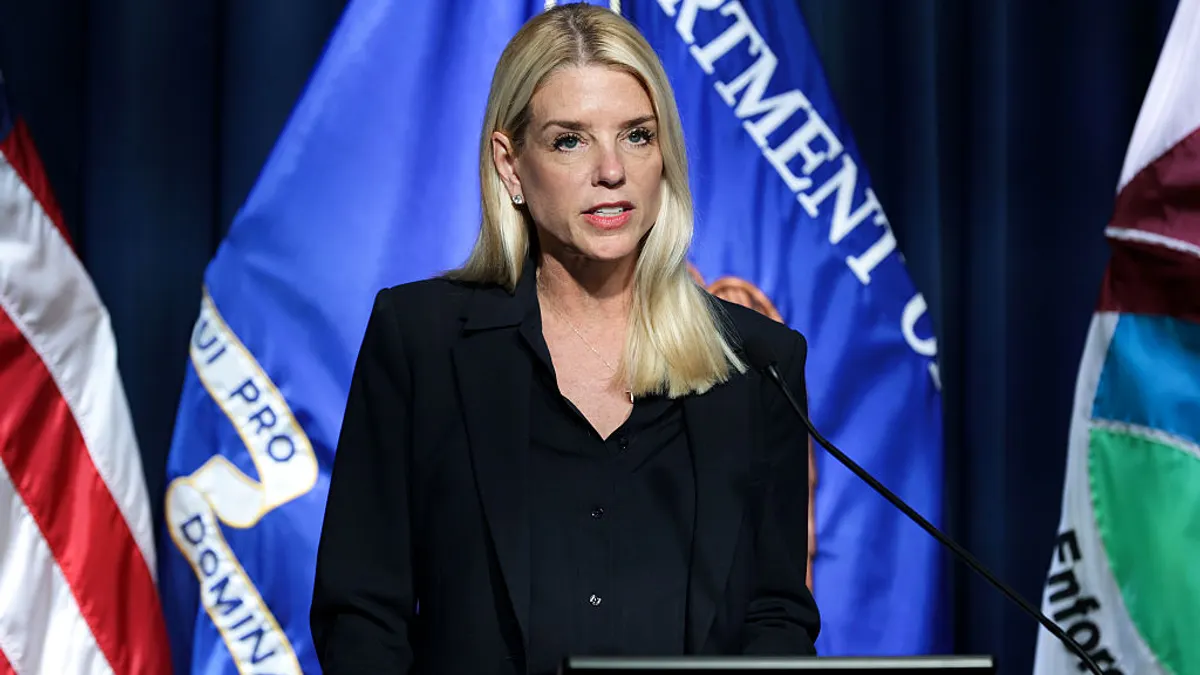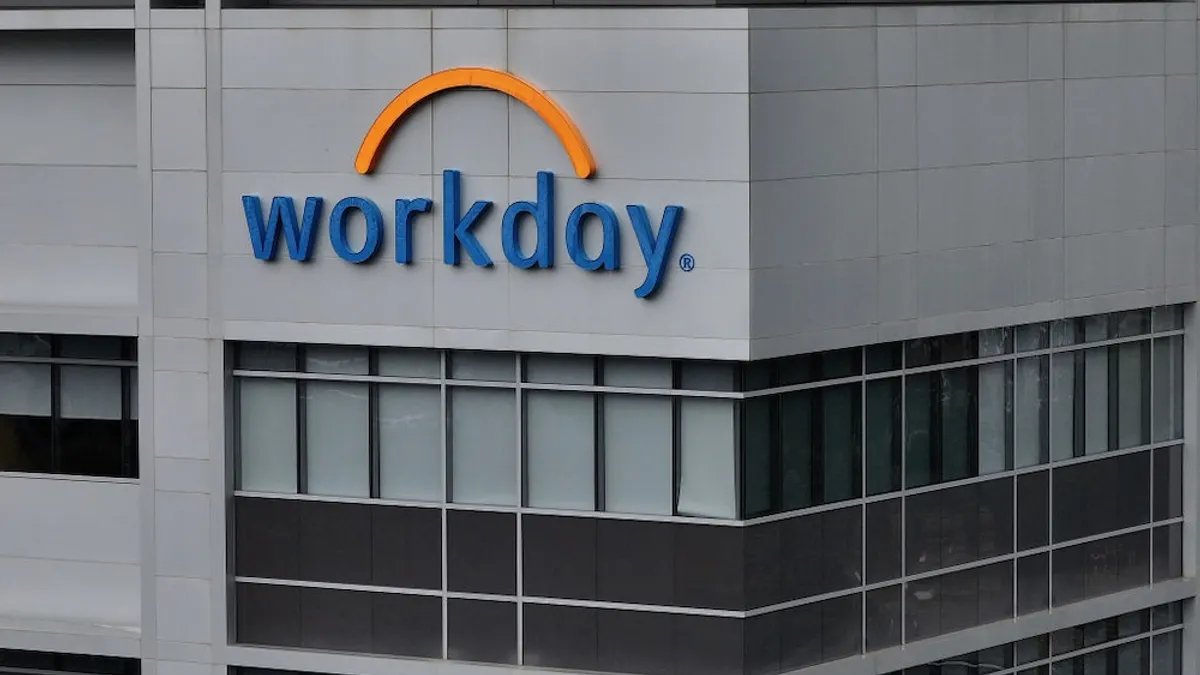When the news broke about Amazon's Whole Foods acquisition, companies in every industry stood up and paid attention. Both are huge brand names, sure. But their business models seem antithetical at every cultural level.
Even beyond the obvious brick-and-mortar differences from Amazon, Whole Foods has a reputation for its employee generosity, its lackadaisical attitude toward tech and its expectations for high-quality but high-priced products. How Amazon expects to absorb such a company is anyone’s guess at the moment, but in this age of M&A, it’ll likely be more than the merger story du jour. It could provide a powerful example for how two seemingly disparate but business-aligned companies create a successful marriage — or it could be a primer on how companies may bite off more than they can chew.
Cultural awareness during mergers may not be a business’ first consideration, Dawn Conrad, EVP at Aon Strategic Advisory, told HR Dive. But as legacy giants try to heal their wounds by buying the very companies that disrupted their business models in the first place, culture ought to be an early focal point for company leaders. It defines how a company does the most basic aspects of its work — and forgetting about it could spell doom for any M&A.
Communication matters immediately
Whole Foods CEO John Mackey isn’t exactly known for subtlety, but during a stressful time like a merger, a leader must balance honesty with a strategic approach. Anything the CEO says will be watched carefully by employees fearing the prospect of change.
Mackey telling his employees that Whole Foods will become “more customer-centric” could easily be interpreted poorly, since their entire model of employee generosity posits that treating employees well leads to better customer service overall.
If I was an employee, I would be wondering what that means for my job. We have this great employee atmosphere, how do we keep that?

Micah Alpern
Principal, A.T. Kearney
“I wouldn’t state that without clarifying what that means,” Micah Alpern, a principal at A. T. Kearney, said. An example Alpern provided of how to approach that message: "‘We are going to push further and focus on customers, and that will continue by expanding a great employee experience.’"
Amazon has almost the opposite reputation, being a results-oriented workplace that demands innovation at breakneck speeds. Generally, if one company is merging with another, employees will be paying careful attention to how the culture they’ve likely come to enjoy will shift.
“If I was an employee, I would be wondering what that means for my job,” Alpern said. “We have this great employee atmosphere, how do we keep that?”
Leaders should be carefully assessing the kinds of cultural issues that could spring up before any employees know about the merger.
“Prior to the deal being announced, do due diligence,” Conrad said. “Consider high-level cultural differences and similarities. What’s the strategy and how are they going to align? Integration planning should be a key part of the assessment, to understand what those issues might be.”
Exactly how two companies opt to integrate can vary wildly, from total absorption to a more hands-off approach. Either way, a company must position the culture as improving, not disappearing, Alpern noted. Getting influencers in an organization on board with any changes is an imperative part of that process.
“Retention will be a key issue,” he said. “There are influencers throughout the organization. You can’t lose these people. Let them be involved, out there talking to employees as a more informal communicator.”
Transparency and honesty (to a point) matter to employees. They may feel lost and will need to have some sense of how the company arrived at the M&A decision. A map provided by the employer about how certain issues will be navigated could help.
Employees understand how the organization functions. If an important aspect of the organization will be shifting in response to the merger, employees will need to be told upfront how and why it will change, Conrad said.
Why cultures clash at the most important level
One important element to reiterate: Culture is not just perks. Culture is the actualization of the way a company handles its basic workings, such as governance, decision-making, the work environment and employee communication. The ways employees interact with each other and the business reflect those basic building blocks.
Unfortunately, HR doesn’t own culture. But it can affect the factors that ultimately create culture.
“I think being able to go in and understand what are going to be such strong cultural barriers that will immediately impact the business is key,” Conrad said. “Have a plan for overcoming them.”
Jeff Weiner, CEO of LinkedIn, sent a letter to his employees when Microsoft acquired them that is considered a strong example of communicating clearly and honestly in the face of a merger. It noted the company’s strengths, what they did well and how they would continue to harness those strengths.
“No culture is perfect,” Alpern said. “But what is working? How can we leverage them and propagate any kind of change we make around them?”
Moving forward
To get employees on board, make them feel more explicitly a part of the change process. How can each individual or department align with the new company order? How can employees participate and have their say in how you modify your company model?
In other words, give people the chance to own it. It motivates employees when they can say they had the opportunity to make decisions, Alpern said.
Be sure to address changes upfront and early, Conrad said. But also be aware that it won’t happen overnight. Changes like this can take years, especially when the two cultures may be disparate. Invest in the change and keep culture in forefront to make the transition as painless as possible.
“It’s a matter of getting and understanding what it takes to transform,” Conrad said. “Every organization is different. Every organization is trying to create something new.”




















